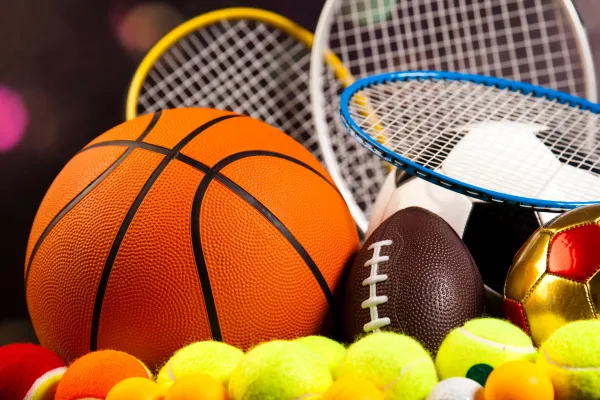More than training. It's an Edge.

Why Variety in Training Builds Better, More Resilient Athletes
Sport specialisation is on the rise, but is it actually helping kids get better? Or are we pushing them into burnout?
If your athlete is doing the same drills, playing the same sport, and training the same way every week... it might be time to rethink.
Let’s break down why variety in youth training matters more than ever for long-term athletic success.
Variety = More Tools in the Toolbox
Doing one thing well is great. But doing many things well? That’s the foundation for a high-performing, injury-resilient athlete.
👉 Repeated movement = repeated stress on the same joints
👉 Varied movement = better coordination, joint health, and adaptability
We’re not anti-sport. We’re pro-athlete development.
Early Specialisation vs. Long-Term Development
Playing one sport year-round increases:
⚠️ Risk of overuse injuries
⚠️ Burnout from repetitive movement
⚠️ Imbalances in strength, speed, and movement skill
Athletes who play multiple sports (or incorporate diverse training like gym work, sprint mechanics, and unstructured play) develop:
✅ Better movement quality
✅ Reduced injury risk
✅ Greater long-term potential
In fact, most elite athletes didn’t specialise early. They built general movement skills first—then narrowed focus when the time was right.
What Counts as Variety?
Playing different sports across seasons
Mixing gym sessions with speed work and skills
Lunchtime games, unstructured backyard play, kick-to-kick with mates
Changing direction, pace, and movement pattern often
🧠 Structured training is important. But unstructured movement matters too.
The 1:1 Rule (And When to Upgrade)
Use this ratio as a guide for younger athletes:
🔹 1:1 – For every hour of sport, match it with an hour of gym, speed, recovery or mobility
🔹 2:1 – For older teens focused on high performance
💡 If they’re not doing the off-field work, they’re not ready for high on-field loads.
Final Takeaway: Don’t Just Play Hard, Train Smart
More games ≠ more progress.
More variety = smarter development.
If you want to reduce injury risk and build athletes who last, stop repeating. Start expanding their movement toolbox.
Train the athlete first. The sport comes second.
📞 Book a free consult with our performance team to see how we help young athletes train smarter, recover better, and perform longer.
👉 Contact Us to get started.
STAY CONNECTED
QUICK LINKS
GYM HEADQUARTERS
© Athlete’s Edge Albury – All Rights Reserved